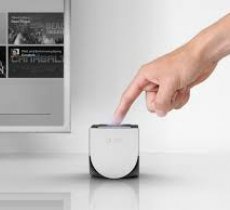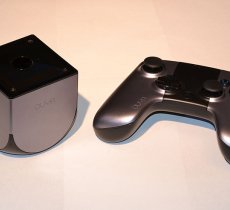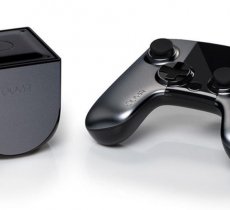Two years ago, the Web seemed to have been taken by storm by a new experimental hardware project by the name of Ouya, which is a cost-effective gaming console that operates on Android. Over $8.5 million was raised by the project through the crowd-funding website Kickstarter, in a campaign that came to an end on August 9, 2012.
It was back in early July, 2012 when the project first went live on Kickstarter. It did not take much time for game enthusiasts to flock over and pledge money to help bring the project out of the prototype stages and into production. By June 25, 2013, those who had pledged more than $95 to the project even received one of the Ouya consoles when they were finally shipped to retail stores.

However, despite the early successes of the company, the tale of this new console was far from over.
Ouya, which is also the name of the company, had to convince Android developers to funnel resources into the development that could be played on a television screen. Those developers seemed to have been struggling with issues like piracy. Moreover, building out the app store, payment platform and software that the console would run on also had to be completed by the company. The console market already had rivals like Microsoft, Nintendo and Sony that the Ouya console had to compete against. Similarly, the expectations of users also had to be dealt with, since they were expecting that the finished product would work at least as good as the competition.

One particularly notable thing about this console was its size, since it is nothing more than 3-inch cube that is somewhat round near the base. Its sides are grey and its top is black with a circular power button that has a glowing Ouya logo in the middle. The console does not have any other button or indicator lights, although it does have an Ethernet port, HDMI output, micro and standard USB ports, and a power port are also featured on the console.
The Ouya console also has a 1.7GHz Nvidia Tegra 3 processor that has decent measures of CPU power. However, it seemed that the gamepad controller and the software interface were among factors that were holding back the console. It seemed that Ouya was not ready to be released as a retail product even though it had been.
Unfortunately, the original console sporting 8GB of onboard storage was so buggy and lacked decent games that it left customers disgruntled.

Of course, the improvements also make a bit more pricy at $129, however, gaming enthusiasts interested in buying it will get quite a good bang for their buck. A quad-core Nvidia Tegra 3-T33 processor is featured in this revised console that has 1GB of system memory. Perhaps the bigger upgrade is its 16GB internal Flash storage, while this can be further expanded by connecting an external storage device to the single USB 2.0 port of the console.
The new Ouya console even has a single Micro USB port, along with a slot to allow an Ethernet line to be plugged into the console. Another slot allows HDMI video out to be run to an HDTV set. The new console also features BlueTooth and Wi-Fi (802.11 a/b/g/n). The better-looking and refurbished game controller connects to the console via Wi-Fi.
The new Ouya has already been shipped in the United States. As mentioned, the gaming console along with an HDMI cable, one controller, power adapter, and two AA batteries can be purchased by spending $129. Extra controllers can also be purchased for $49.99, while game credits can also be purchased in increments of $10 and $25.
|
|


